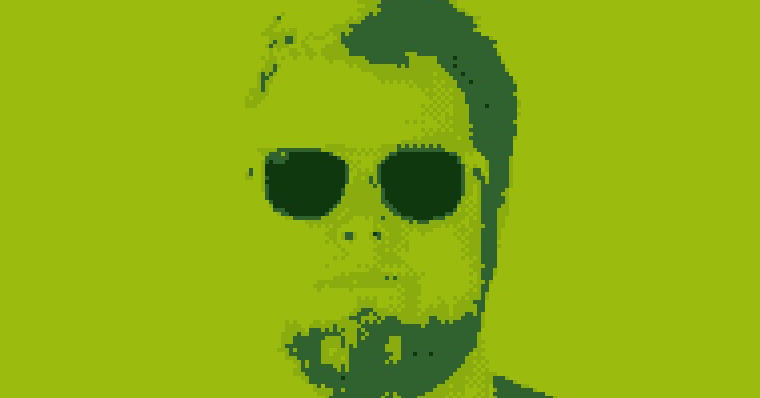Retro is in and nostalgia is a powerful drug. I love certain retro designs and art, whether it be the “future” fonts of the 1970s or 8-Bit graphics. Limitations in past technology produced qualities or artifacts that could be considered inferior – like pixel art in computer graphics or light leaks in photography. Should these imperfections be preserved and used as a form of expression or will they die over time?
#nofilter
Instagram brought the flaws and quirks of analog photography to the smartphone era. It got overused and ushered in a ton of other filter apps. I love Hipstamatic. I like the aesthetic quality of old cameras. Some people don’t even know that some of these filters have origins in old personal cameras of 60s, 70s, and 80s. Minecraft uses pixel textures for everything. Those qualities then in turn have an entirely new origin in style.
je ne sais quoi [1]
Is there a name for these imperfections? We use retronyms to distinguish older technology from new. You could use retro, or lo-fi I suppose. I think there needs to be a term for these effects. You see them becoming more prevalent in film or TV. The VHS type haze used in the film Kung Fury is an example. And now when you look at a movie like Alien that takes place in the far future, the computers look like they’re from the 70s – because they were.

What I’m trying to define is a term for when a movie debuts in 2016, and then uses computers from the 70s for some type of artistic reason, whether it be a period film or not.
There’s an app for that
It’s ironic that we are using computers to emulate older technology. Some of my favorite examples of these types of conversions are:
- Hipstamatic emulates old cameras and films, but puts a modern twist on them.
- Restrospecs emulates old gaming systems and color palettes. Even the 1-Bit glory of the Game Boy Camera.
- Playscii is an ASCII art editor. It’s when graphics were made of text. It also applies a CRT haze.

Playscii is a ASCII art editor. - Glitché is an app that applies deconstructive effects that look like glitches or errors.
- Decim8 is similar to Glitché and it allows you to completely decimate photos with intentional glitches.

Glitched Jared from Decim8
What’s higher than hi-def?
As our technology improves, and we move from 1080p to 4K, megapixels to gigapixels, and so on, will we try to emulate the technology limitations of today for the same effect? Cursive is on its way out the door. I theorize there will always be an affinity for such stylings, but for how long?
Music is still released on Vinyl for the warm sound of a technically inferior technology. Several indie video games are made in the style of 8-bit or 16-bit gaming systems. Is this a passing fad? Will we look longingly for the sound of an mp3, or PS4 game in the future? I honestly don’t know.
- I love this term. It can be used often for life. ↩

Leave a Reply